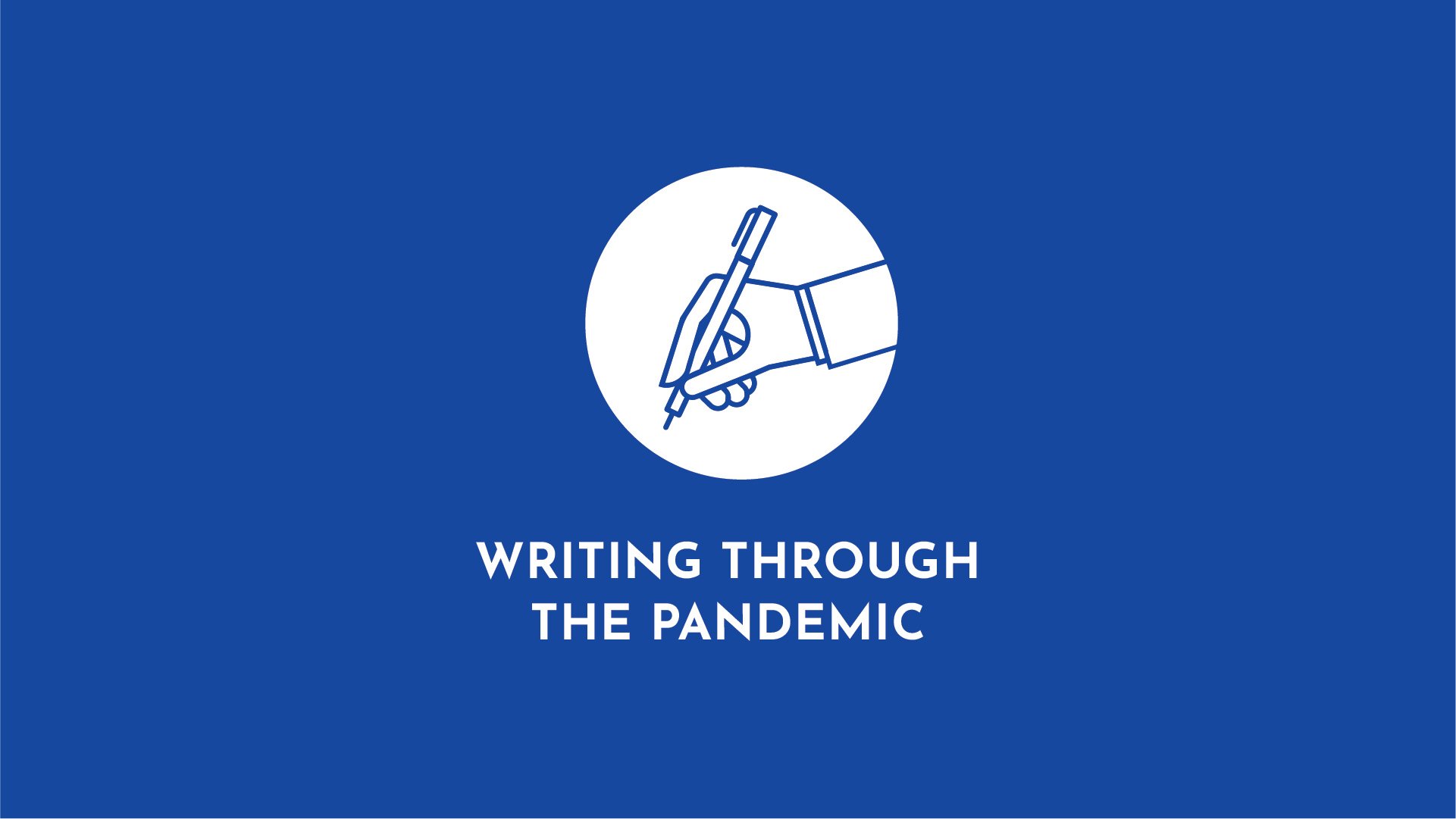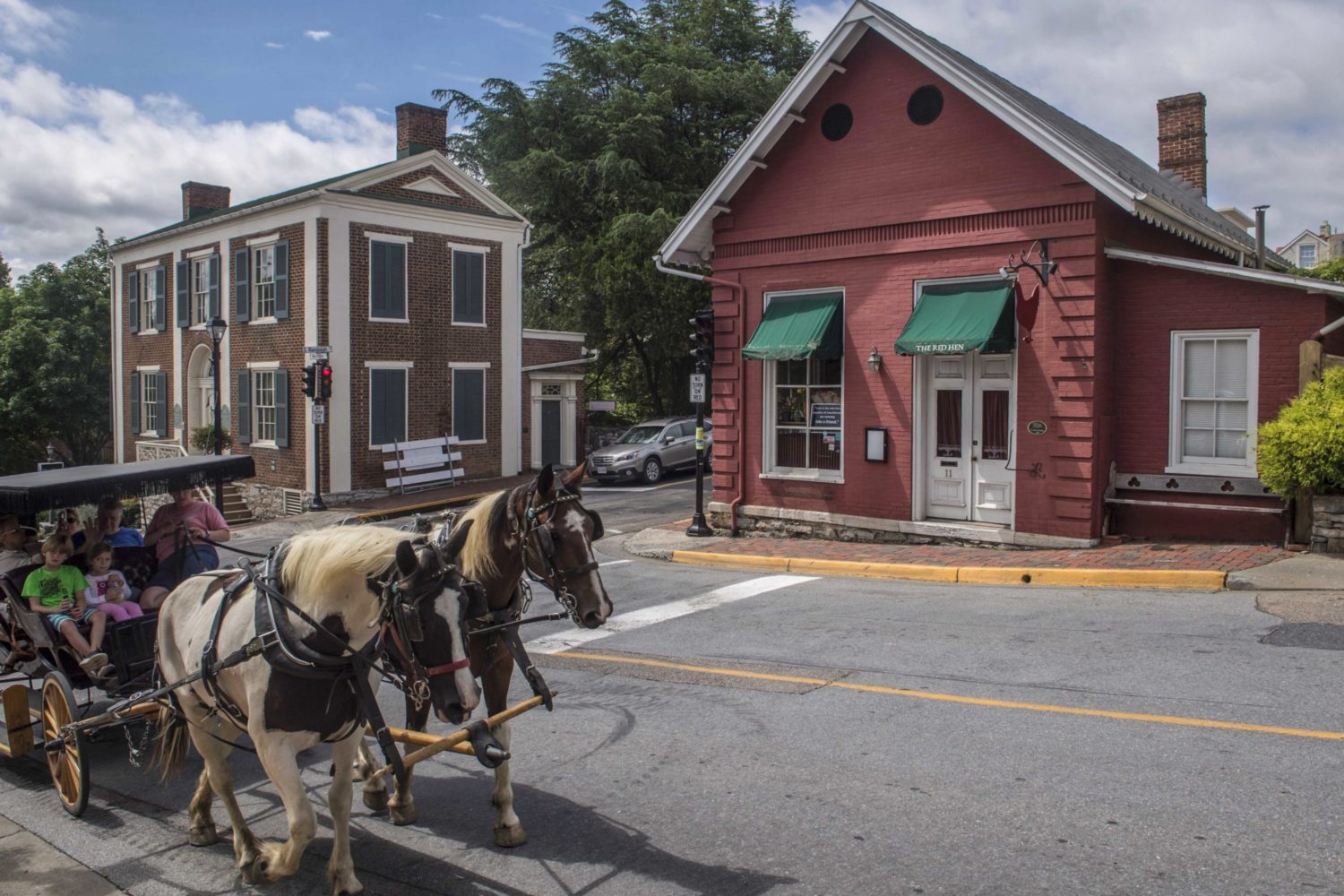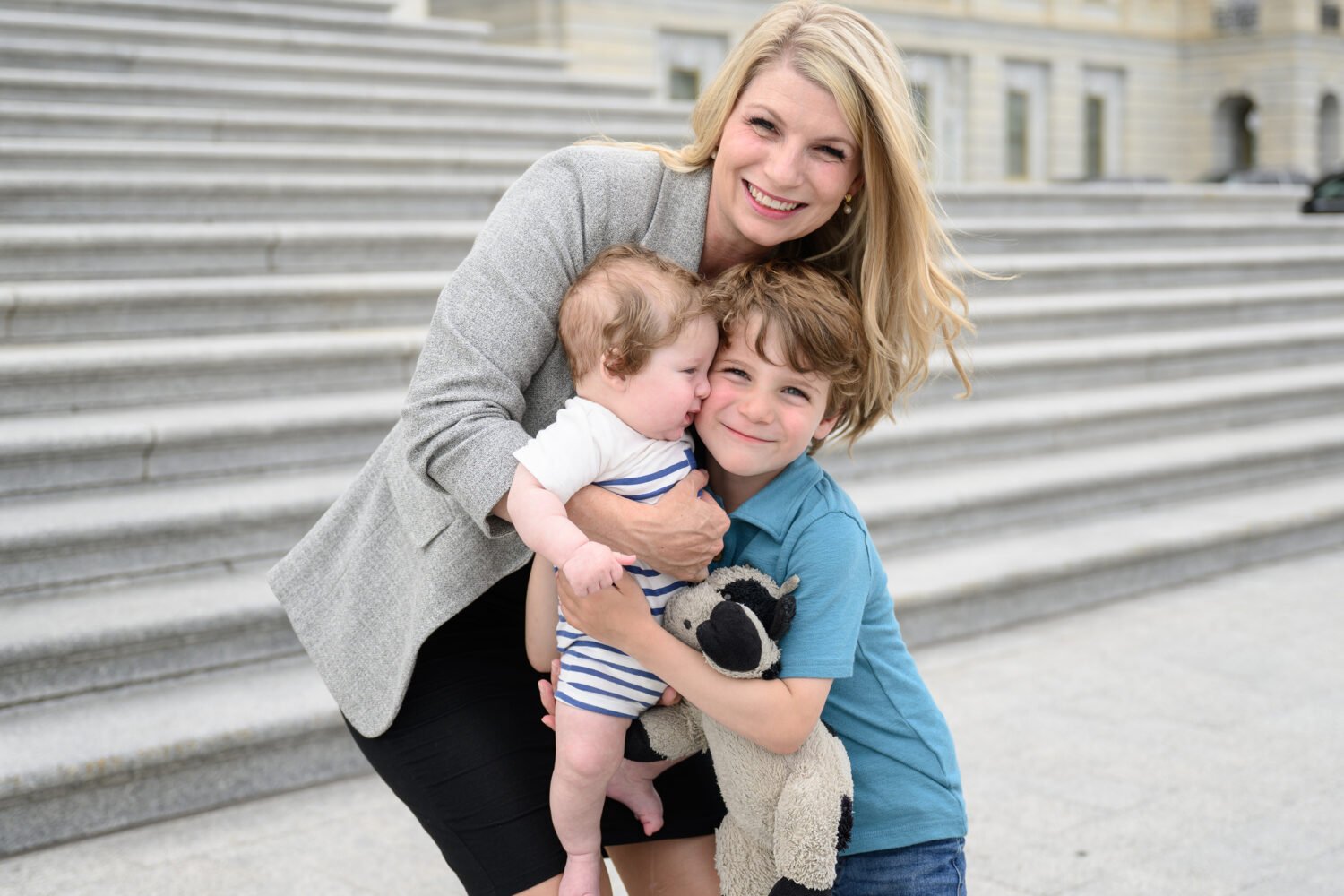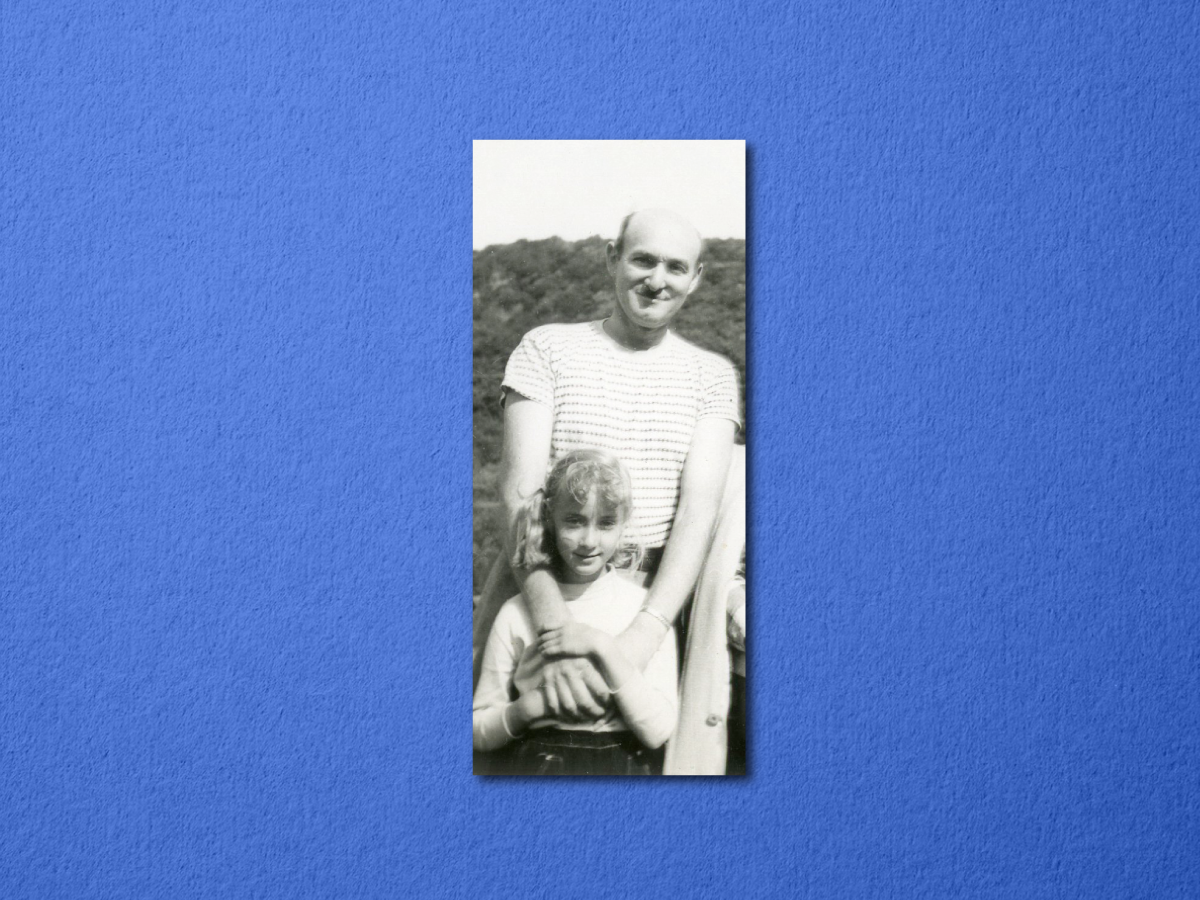About Coronavirus 2020
Washingtonian is keeping you up to date on the coronavirus around DC.
We asked Washington writers to share stories, poems, drafts, musings, and other things they’ve been working on during quarantine. Today, an essay by David Nicholson, the author of Flying Home: Seven Stories of the Secret City, a collection of stories set in Washington.
“We are having a mild epidemic of ‘flu,’ ” my great-grandmother wrote her eldest daughter, “so the Health Board closed all churches, schools, theaters etc. in several cities.” It was 1918, the start of the Spanish Flu pandemic. Columbia, South Carolina, was “closed up tight, everything but the jail and businesses.” Still, Mama (as my great-grandmother was called) remained optimistic. “This seems to be a very mild type of ‘flu,’ ” she told Mattie, “few deaths reported, and only lasts about three days.”
Mattie—my grandmother—was sojourning in Washington with her husband, Alfred. Married almost two years, they’d spent much of the time apart. About six months after their wedding, Alfred left Columbia, joining the millions of black men and women who fled the South during the Great Migration. Looking for something better than $35 a month as a haberdasher’s clerk, he roamed from Hampton Roads, Virginia (where he helped “build a gas plant for Uncle Sam’s airships”), to Philadelphia (where he repaired 125-foot smokestacks and worked as a carpenter’s helper in a shipyard). It was cold, dangerous work; Mattie urged him to find something safer indoors. At the beginning of 1918, he did—a job as a messenger in the War Department. Mattie joined him in the spring. Pregnant with their second child as winter neared, she returned to Columbia to give birth at her mother’s house.
I know all this because I’ve been reading their letters―Mama’s to Mattie, Alfred’s to Mattie, Mattie’s to Alfred before she joined him in Washington for good in 1921. When I’m not rummaging through thousands of family letters, diaries, and journals, I’m poring over family photographs, sifting through census records and decades-old city directories online, searching for mentions of family in the New York Age, Baltimore Afro-American, Palmetto Leader, Chicago Defender, Indianapolis Recorder, and California Eagle, newspapers once essential to helping African Americans understand themselves as a people from sea to sea.
Even without Virginia’s shelter-in-place order, this is what I’d be doing. I’m working on a book, the story of my family that begins with a man who bought his freedom in 1819 and ends . . . well, as far as I can get in the time I have left. The pandemic has got me thinking about endings, giving the work new urgency. I used to be satisfied with three hours of writing and, sometimes, another two of research. But you can watch only so much Netflix, so now I sometimes put in 10- and even 12-hour days. There’s a chance I might yet come down with Covid-19. If that happens, and I don’t survive, I want to get far enough so that someone, sometime, somewhere, just might take an interest in the drafts I’ve left behind.
Some 14,000 South Carolinians died of the flu between 1918 and 1920. Mama noted in passing the names of friends and neighbors, but her letters aren’t a journal of the plague years. She was just staying in touch with Baby, as she (and only she) called Mattie all her life. Even when Mattie came back—she returned to Columbia twice to give birth—Mama wrote from wherever she was carrying out her work as supervisor of the county’s rural colored schools. (She called hers “the work,” as if it were a calling. And it was—black teachers were paid half what whites were, and the school year for black children was two-thirds that of whites.) Before telephones were commonplace, and long before the internet, letters were the only way for them to stay connected. Most times, Mama sat down to write the same day she received Mattie’s letter. She expected Baby to do the same. If Mama didn’t get a letter when she expected one, she took up pen and paper to ask what was wrong. The two were that close.
Mama’s letters are filled with news and gossip, wry observations about foibles and follies. She wrote of births and deaths; the health of family, friends, and neighbors; train wrecks, snowstorms, and tornadoes; the cost of sugar, flour, and other staples. She wrote about suicides and fed-up wives who killed their husbands; girls who’d fled north with high hopes, only to return husbandless and with child. She wrote about lodge meetings and church sermons; building drives and visiting evangelists; the departure of misbehaving pastors and their replacements’ arrival.
By 1926—the epidemic a fading, unpleasant memory—Mama could even joke about the flu. When some of Mattie’s six children fell ill, she offered advice: “Trust you and yours have finally decided not to keep the monopoly on the flu. Turn it loose and let someone else have it.”
What did surprise me, though, was how little the letters (and other family documents I’m drawing on) had to do with race. Alfred told Mattie about “a near lynching in Alexandria” after “a colored man killed a white man.” Stunned by how often he heard the word “nigger” on Washington’s streets, he asked her father to write an editorial in his newspaper, the Light, calling on black people to stop using it. But there’s nothing in Mama’s letters asking how Baby and Alfred fared during Red Summer of 1919 when some 40 American cities erupted in white violence targeting blacks. In the District, white men went on a four-day rampage, egged on by the Washington Post, the newspaper I’d write for years later. Black men drove up to Baltimore to buy rifles, manned Seventh Street rooftops to protect their families.
Perhaps those letters are hidden in the attic of the Bloomingdale house I grew up in, the same house Alfred bought for Mattie in 1928, the house my sister lives in today. I just haven’t found them yet. But if there are more letters, I’m sure I’d find they, too, seldom mention race. The thing is, Mama, Alfred, and Mattie weren’t writing for history. They were writing for one another. And so they didn’t need to go into the facts of life they all knew—racism and limits imposed from without, the system of custom and laws that denied their humanity and their abilities.
Instead, Mama wrote to pass on news and maintain family ties. Alfred wrote to affirm his love for Mattie and plan for their future. Mattie wrote of her aching loneliness and the milestones—their children’s first steps and first words—Alfred could not witness. Painful as some are to read, their letters are windows into the past, reminders of what’s truly important. And they’re a respite from the onslaught of bad news these long, weary weeks since March, the dithering and bumbling, the false information and quack cures.
When the restaurant where my son was working closed because of the pandemic, I put him to work transcribing the pale-blue air letters Ruth—Mattie’s second daughter and my mother—sent home after she’d moved to Jamaica with her dentist husband. Sometimes, taking a break, my son and I push back from our computers and talk about the different ways people have communicated. We talk about how he and his friends text or send e-mail, use chat apps, Skype or Zoom. Like everyone I know, they almost never write letters. We talk about what that decline in letter-writing will mean years from now for historians and people like me writing about their families. Inspired by his grandmother’s, my son sat down and handwrote letters to a dozen or so friends with whom he usually communicates electronically.
Letters, he told me, are concrete. They signal an investment and a commitment—pen, paper, stamp, envelope, time—in a way texts and e-mail do not.
He’s right, of course, so I imagine Mama, Mattie, and Alfred thinking about what they want to write as they go about their days, musing on what they’ll say once they arrive at the time set aside for communing with the ones they love. I picture each opening a letter, reading and rereading, taking comfort in the familiar scrawl of daughter, husband, or wife. They might have destroyed their letters if they’d known I’d savor their words three generations and a century later. I’m glad they didn’t.
Mama, Mattie, and Alfred didn’t just survive the epidemic of Spanish Flu. Mama lived through the aftermath of Reconstruction, World War I, and the Great Depression. Alfred and Mattie lived through both World Wars and the Depression, the bombing of Hiroshima and the start of the Cold War, the Supreme Court decision that led to the end of segregation. The span of their letters shows their resilience in the face of hardship, their courage in the shadow of disappointment, the faith that allowed them to persevere.
Put simply, they endured.
Mama closed many of her letters, “We are as well as common.” It’s an antique phrase with the laconic fatalism of the blues—more effusiveness might tempt fate—something a dirt farmer might have written, eying the sky and contemplating the months before harvest. Times are hard, but we’re still here.
We, too, are as well as common—my wife and son, my sisters and their families, our friends and neighbors. It may not be all we want. Right now, it’ll have to do.












